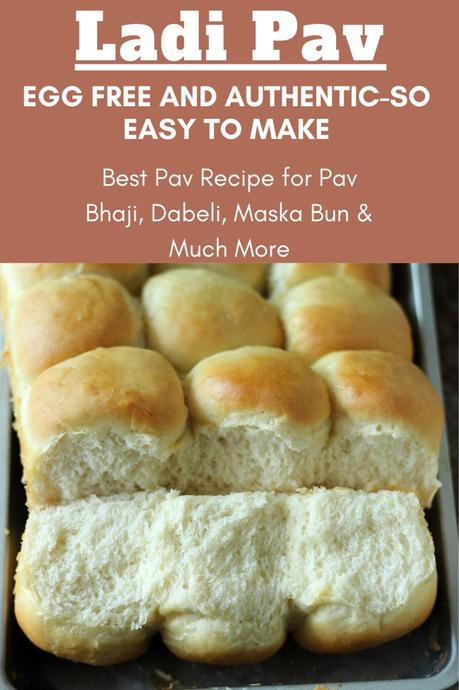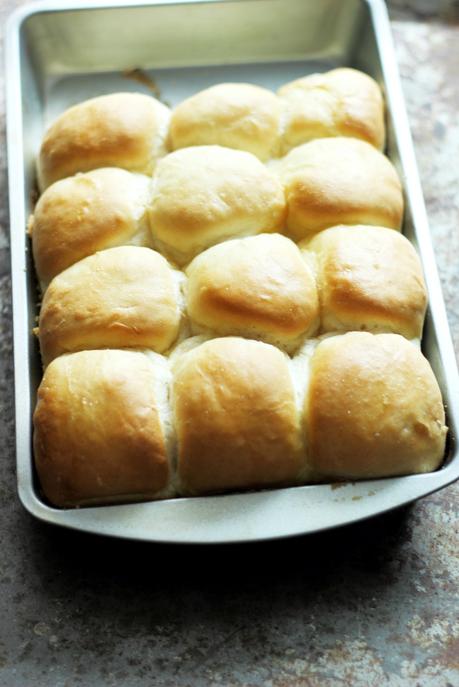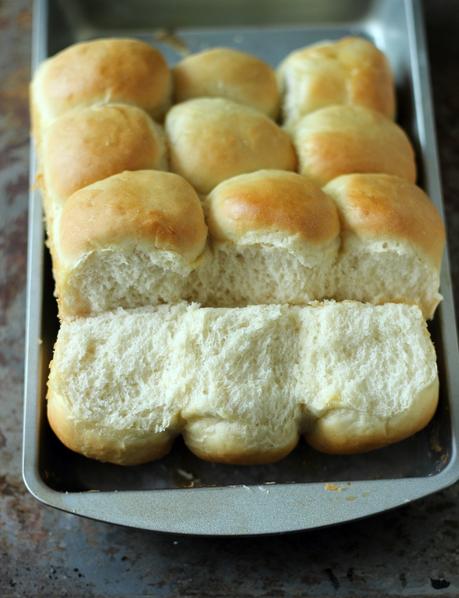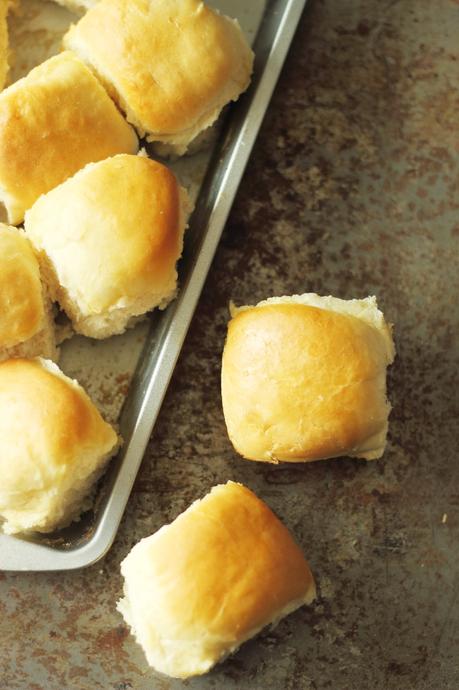
Today, we will discuss everything about Pav.
What is pav? Why is it called pav?
Pav is bread, just like dinner rolls or mini loaf. It was Portuguese who brought Pav to India and you used to get it in a set of four and then you break off each as you eat. The Pav means one-fourth in many Indian language. There is one crazier story that says that the bread is called pav because the dough was kneaded using feet to speed up the work. (I hope to believe the first one). Later on, when it started getting popular especially in Maharashtra, it was called as Ladi Pav.
Can you make pav at home? Does pav contain eggs?
Yes, you can make pav at home. In fact it is so easy and satisfying that you will never buy pav from the market. Majority of the places that sold pav in India contains no eggs. Almost all recipes that you will see on internet for ladi pav weather Sanjeev Kapoor, Nishamadhulika, CookingShooking –no one used eggs-so eggs are not needed to make pav.

How is pav made? Is pav made with feet? Is pav made of maida?
Pav is made with all purpose flour (maida), yeast, milk and few more basic kitchen ingredients. Pav is made in the oven but there are some recipes that use no yeast and are made in cooker or burner too. There was a rumor is earlier days that pav was made with feet to speed up the kneading process, but I don’t believe that it’s true now, thanks to all the machines. Also, with people getting health conscious, you can make pav without maida using whole wheat flour or chakki aata too but you wont get that amazing result.
Why the pav you made became hard? How to make soft pav?
When the pav comes of out the oven, it will be hard so you need to rub some butter on it, the butter gets absorbed and you are then left with soft bread. Honestly, making pav at home is simple, but you need to knead the dough well-no compromise in that. So, if you have hand beater with knead attachment or kitchen aid or stand beater then you are good to go; otherwise you need to have good hand muscles and strength to do so!!

What do with Pav? What to eat with it?
Just like, roti or chapatti or naan you can pair pav with almost anything. From making into burger to serving as it is for breakfast or evening snack. Or serve alongside any curry-pav is enough!!
Some popular pav related things are- Pav Bhaji, Sev Utsal, Missal Pav, Moong Utsal, Maska Pav or Maska Bun, Samosa Pav, Vada Pav,Anda Pav or Bhurji Pav, Dabeli, Bombay Massala Pav.
Let’s see how to make Pav.

Ingredients:
7 grams yeast (which equals to 1 sachet) I used instant yeast
2 teaspoon sugar
3 cups all purpose flour/plain flour/maida
½ teaspoon salt
1 and ¼ cup milk (warm)
4 tablespoons butter.
Method:
In a large mixing bowl, activate the yeast with 2 tsp sugar and 1 cup milk. Mix and leave it for 3 minutes.
Add 3 cups of flour and salt in it and start forming the dough. You will see that the dough is tight, so add in ¼ cup milk and form the dough. The dough should be sticky.
Start kneading the dough. Punch and knock. Do this for 5-8 minutes. The more you knead the dough, the stickiness will loosen and gluten will form.
Add 2 tablespoon butter and cover the dough with a cloth or a plate and set it aside for 2 hours in a warm place. (I always leave it inside the oven).
Preheat the oven at 180 C for 10 minutes. In the meantime, grease the tray with 1 tablespoon butter.
The dough would have risen well. Knock out the air and divide into 12 equal parts. Form clean balls out of each part and start lining them on the greased tray. Cover the dough again and leave it to rise for 20 minutes. The dough should reach to the brim of the tray.
Then, bake the pav, at 180 C for 20 minutes, or until the pav turns golden brown from top.
Once the pav is out of the oven, rub the remaining butter to get a shiny look.
Let it cool down completely on a cooling rack and then serve.

Tips:
You can brush some milk on the pav right before putting it in the oven.
Some recipes I saw on internet asked for milk powder, but honestly you don’t need-the result I got was perfect without it too.
Oven timings can depend on oven to oven, so wait till the top is golden and crusty.

